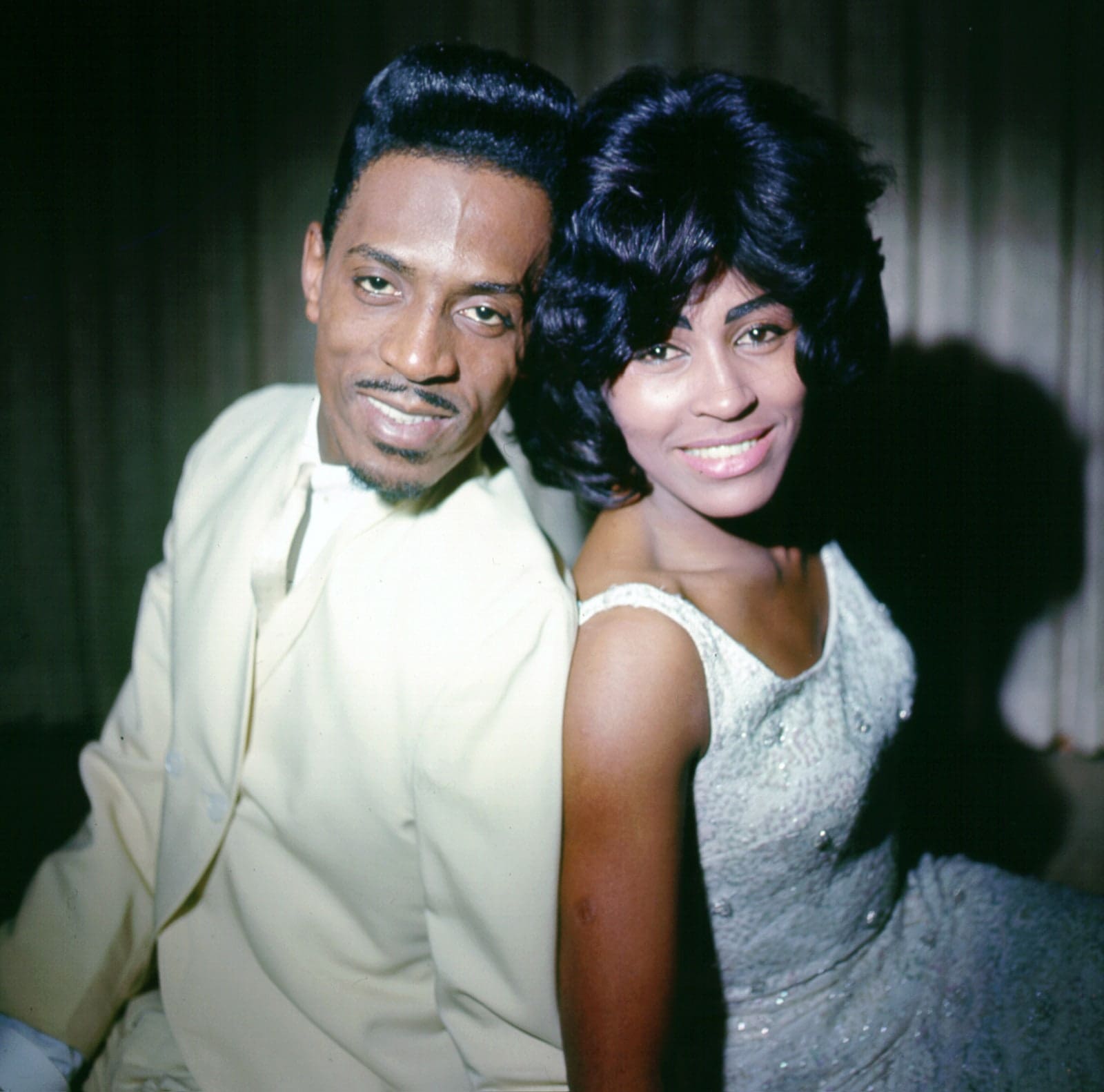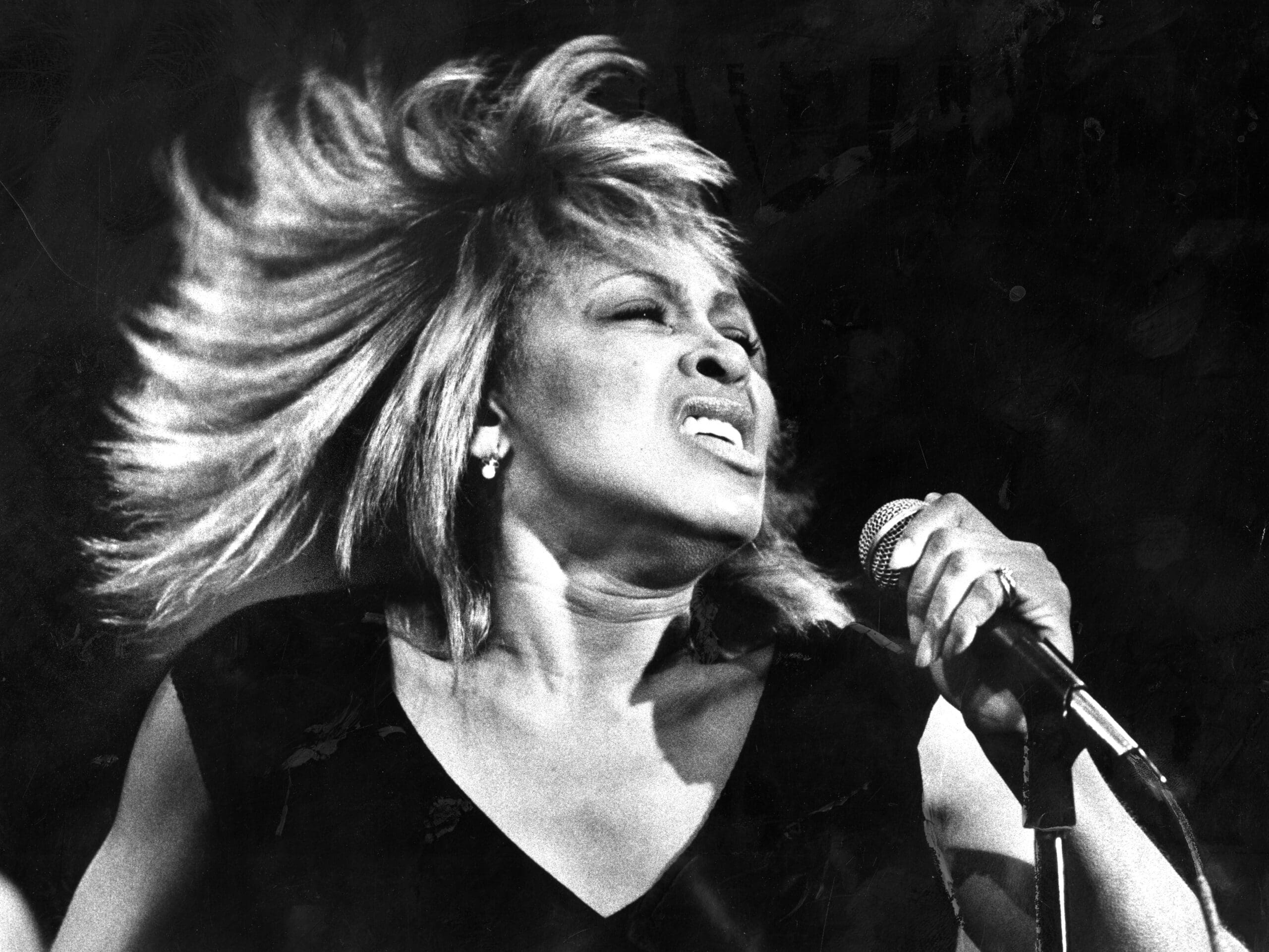Turner performing in London in 1990. Photo: Getty Images
Tina Turner, the legendary soul and rock ’n’ roll singer known for songs including “Proud Mary,” “What’s Love Got to Do With It,” “The Best,” and “Private Dancer,” has died after a long illness, according to her publicist. She was 83. Turner is survived by her husband, the German music executive Erwin Bach, and two sons.
Turner was a powerful performer who combined soaring raw vocals with a dazzling stage persona. She overcame a turbulent private life to become one of the best-selling recording artists of all time in her 40s. “Without Tina Turner there wouldn’t be a Beyoncé, there wouldn’t be a Rihanna, there wouldn’t be a Katy Perry. There wouldn’t be this shining example for so many young female performers and singers to look up to in the way she was so authentically herself,” Katori Hall, co-creator of the 2018 show Tina: The Tina Turner Musical, has said of Turner’s influence.
Born Anna Mae Bullock, Turner was brought up in the small city of Nutbush, Tennessee, which she later referenced in the hit “Nutbush City Limits.” The Bullocks were a sharecropping family and her father was a Baptist minister. The tomboyish Turner sang in the church choir as a child but, by her own admission, she was not particularly gifted.
Eventually Turner’s parents divorced and she settled with her mother and sister in St. Louis. When she was 16, Turner went with her sister Allene to see the Kings of Rhythm, a nightclub act led by the musician Ike Turner. Ike was impressed by Turner’s voice, and she soon became his protégée and lover. They married in 1962. Early in their relationship, Ike persuaded her to make Tina Turner her stage name, and together they formed the Ike & Tina Turner Revue. Over the course of the 1960s, the pair grew into a successful soul-rock crossover act. Their biggest song, “Proud Mary,” won a Grammy in 1972.

Despite her powerful presence before an audience, offstage Turner felt trapped by Ike. She would later reveal that she suffered years of violence and psychological abuse during their marriage, often singing with a black eye or swollen lip. “I couldn’t leave him because I cared, so I endured it,” she told Vogue in 1985. But she finally reached her limit: “I thought, ‘I’m not going to be dragged down in the dirt one more time.’” In 1976 Turner fled from Ike after a violent fight in Dallas. She left in the night, turning up to a motel in a blood-stained white suit and 36 cents in her pocket. The couple divorced in 1978, when—against her lawyer’s advice—she accepted responsibility for debts incurred and unpaid taxes, and allowed Ike to keep most of their assets. She did, however, retain the rights to her stage name.
Although Turner was finally free, the late 1970s were a wilderness. She recorded two unsuccessful albums but continued touring. Her comeback began in 1981, when the Rolling Stones, who had been fans of hers since their teens, asked Turner to open some shows on a US tour. Then, in 1983, she landed a solo deal with Capitol—apparently thanks to some persuasion by label mate David Bowie. By the end of that year, she had a UK hit with her cover of Al Green’s “Let’s Stay Together.”
Now in her early 40s, Turner’s second act comfortably eclipsed the success she had achieved with Ike. In 1984, her album Private Dancer gained major success in the US and beyond. The album included “What’s Love Got to Do with It,” which became her biggest hit and won four Grammy Awards including record of the year. Turner also met and began dating Erwin Bach during this period, finally marrying him in a civil ceremony at their home in Switzerland in July 2013.
Multi-platinum albums followed in the late 1980s and 1990s, with singles including “The Best” and “GoldenEye,” for the 1995 James Bond film of the same name. Turner also appeared in a handful of films, starring opposite Mel Gibson in the 1985 box-office hit Mad Max Beyond Thunderdome. In 1986 Turner published I, Tina with the music journalist Kurt Loder, in which she described her abusive relationship with Ike, and recalled attempting suicide on several occasions in the 1960s. In 1993, What’s Love Got to Do with It, a film adapted from her autobiography, was released, earning star Angela Bassett her first Oscar nomination.
Although raised a Baptist, Turner began practicing Nichiren Shoshu Buddhism in 1971. She later said that her faith had helped her to survive some of her life’s darkest moments. “If you are unhappy with anything—your mother, your father, your husband, your wife, your job, your boss, your car—whatever is bringing you down, get rid of it. Because you’ll find when you’re free, your true creativity, your true self comes out,” she wrote in her memoir.
Since blazing out of Tennessee in the early 1960s, Turner’s unique brand of glamour and glitz became an essential ingredient to her mesmerizing performances. Tiered fringed micro-minidresses, spiky heels, and a waterfall of hair—first a long, black wig; later a feathered, honey-colored one—became her style signature. “On stage she seethes sexuality—she screams, she sweats, she kicks up her famous stiletto-heeled legs,” Vogue’s Maureen Orth wrote in May 1985.

Turner frequently turned to designer Bob Mackie for her spangling, rhinestone-encrusted looks. She also wore creations by her friend Azzedine Alaïa, and it was an Alaïa dress that she chose for the cover of Private Dancer. Off-stage, Turner often favored Giorgio Armani’s designs, with the two becoming close friends after meeting in the late 1980s.
“Tina’s voice is the perfect combination of charisma, charm and strength,” Armani said in 2017. “What I admire most about her is her boundless energy, the tenacity she has shown over the years, her way of evolving yet remaining eternally young.”
In 2008 Turner performed with Beyoncé at the Grammys, then set out for her Tina!: 50th Anniversary Tour. Turner was a recipient of the 2005 Kennedy Center Honors, and in 2018 she was the recipient of the lifetime achievement award at the Grammys, the same year that Tina: The Tina Turner Musical, opened in London. Then, in 2021, shortly before being inducted into the Rock & Roll Hall of Fame as a solo act, Turner told her story in full for a final time, appearing in the HBO documentary Tina from filmmakers Dan Lindsay and T.J. Martin. At the time, Bach described the film as a bookend for Turner’s long and winding journey to peace. “I think this documentary and [the musical], this is it,” he said. “It’s a closure.”
This article was originally published on Vogue.
